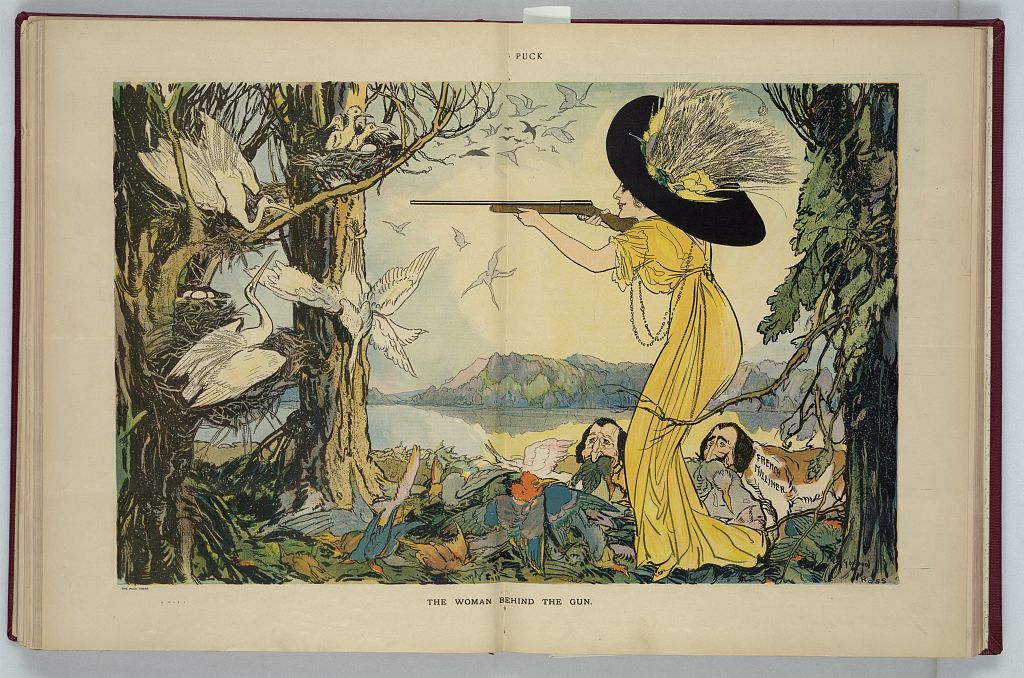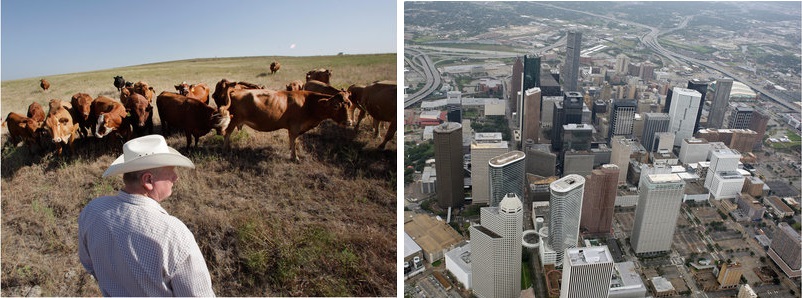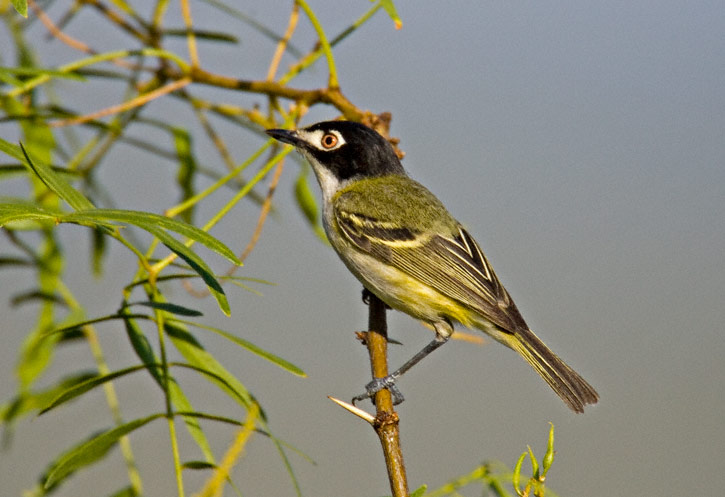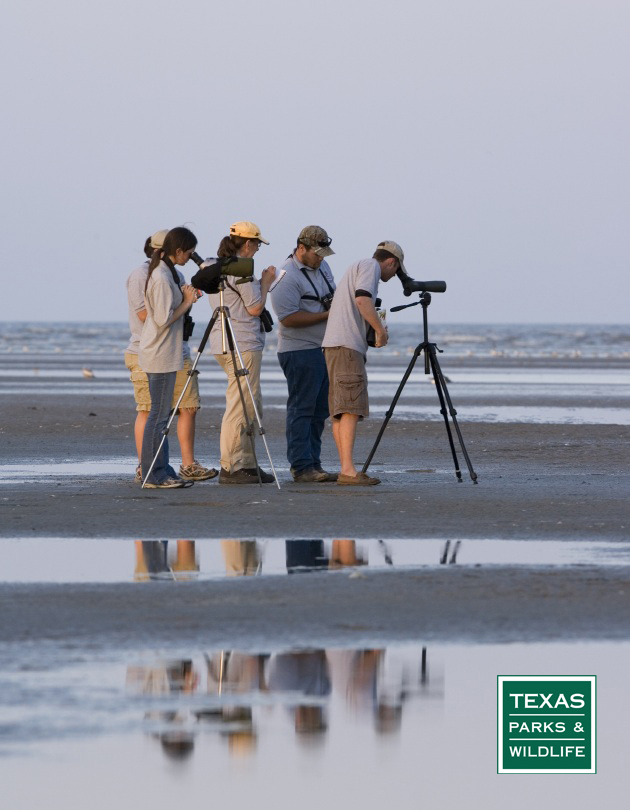TPW TV: Laborcitas Creek Ranch
Friday, July 10th, 2015This is Passport to Texas
Landowners, like Rolanette and Berdon Lawrence–of Laborcitas Creek Ranch in Brooks County–are responsible for transformative conservation in Texas.
03-When I come on this ranch, I get goose bumps.
That’s Texas Parks and Wildlife biologist Randy Fugate, who provides technical land assistance to the Lawrence family.
08- It’s so impressive to see all of the improvements that have occurred here since they owned the property–from what it used to look like–25 years ago.
The Lawrence’s received the 2014 Lone Star Land Steward Ecoregion Award for South Texas. Berdon Lawrence says when they bought the ranch it was an overgrazed piece of property that didn’t support much native wildlife.
13– The cattle had just about eaten all the grass. No place for quail to hide, and for the does to hide the little baby deer. And so, the
predators would often get the little baby deer and the little quail.
They invented a device called the “quailorator.” Ranch manager, David Kelly, says pulled behind a tractor, the quailorator gently aerates and improves the land for its namesake species.
09- Right here in this quaileratorated area, we have [native grass] clumps for nesting and cover. And right over here, we have aerated
parts that will provide food for quail.
Watch a segment on Laborcitas Ranch next week on the PBS Texas Parks and Wildlife TV series. Check your local listings.
06- And it’s nice to be able to preserve the wildlife that’s been here for maybe millions of years.
For Texas Parks and Wildlife, I’m Cecilia Nasti.






 Passport to Texas is a
Passport to Texas is a  Passport to Texas is made available by:
Passport to Texas is made available by: